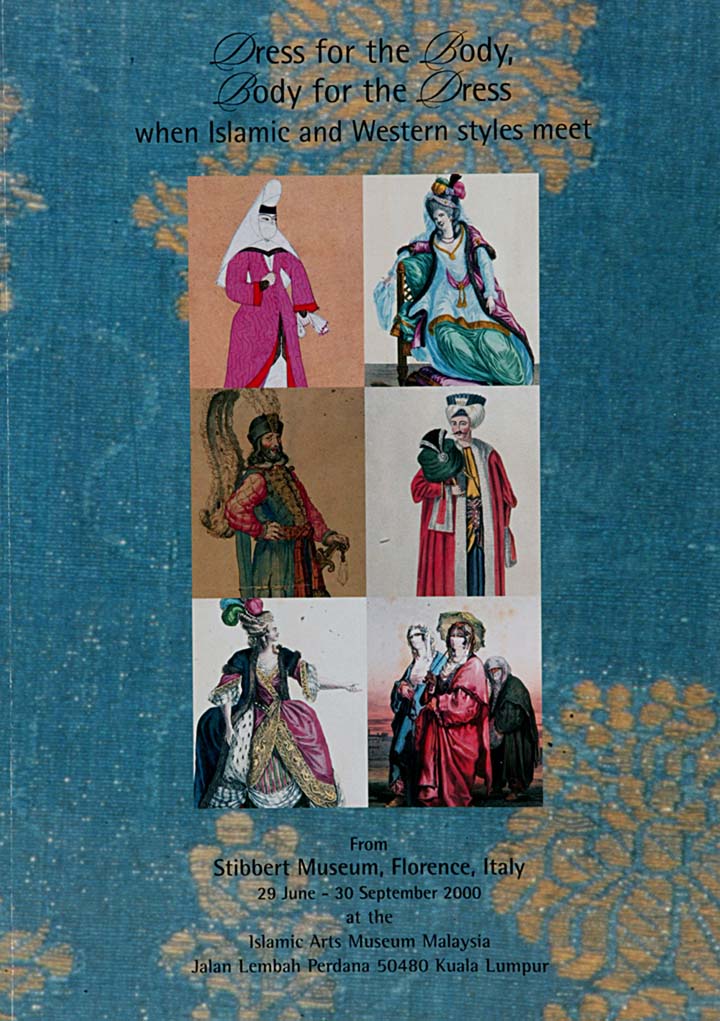

29 June – 30 September 2000
The exhibition Dress for the Body, Body for the Dress, curated by Roberta Orsi Landini, under the direction of Kirsten Aschengreen Piacenti, makes a comparison between the evolution of the European and Islamic dress. It presents 130 costumes, on display for the first time, that include male and female clothing, complete suits of armour, and accessories such as shoes, gloves and headwear.
The exhibits on display are all great rarity. Amongst the most significant are a sixteenth century double doublet, padded and embroidered in silk and gold, a military garment, used for daily wear; shoes from sixteenth and seventeenth centuries, including ‘chopines’ with 30cm platforms, examples of silk knitted garments from the same period decorated with designs in gold; superb eighteenth century male and female costumes, glittering in embroidery in silk and gold thread, as well as a late eighteenth century ladies corset and bodices, stiffened throughout with whale bones. Perhaps the greatest curiosity is the sixteenth century steel corset, more like a cuirass than an example of female underwear.
The superb caftans in silk and gold, embroidered velvets and brilliant colours envelop the entire body in soft folds leaving it complete freedom movement. They are utterly different from European clothes and accessories, designed to create a segmented and unnatural corporeal image in which the body is forced to adapt. Typical are also the turned-up pointed shoes and embroidered and dyed leather boots. Europeans have associated different values to the soft Islamic dress: sometimes seen as a symbol of rationality, sometimes as dissolution, according to the historical period.
The world of Islam gradually began with the modernisation of its armies, to import European styles of dress, as can be seen from some of the nineteenth century costumes in the final part of the exhibition: a process of Westernisation that not only continues but is also impossible to stop. All the exhibits on display form part of one of the most important collections of costumes, arms and armour in the world which belongs to the Stibbert Museum. It was founded by Frederick Stibbert, an English man who lived in Florence and who, upon his death in 1906, left his vast collection to the city.
Publication for the exhibition is available at the Museum Shop, please click here for more information.